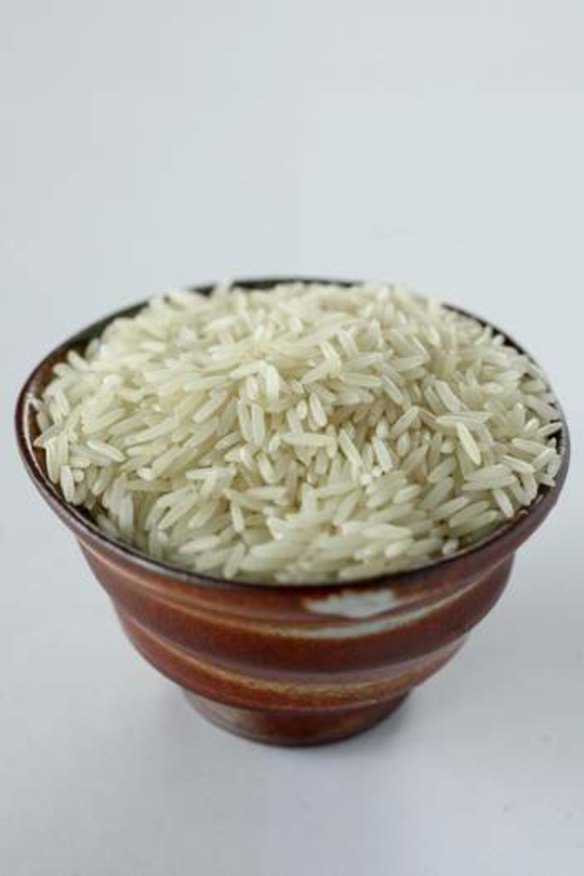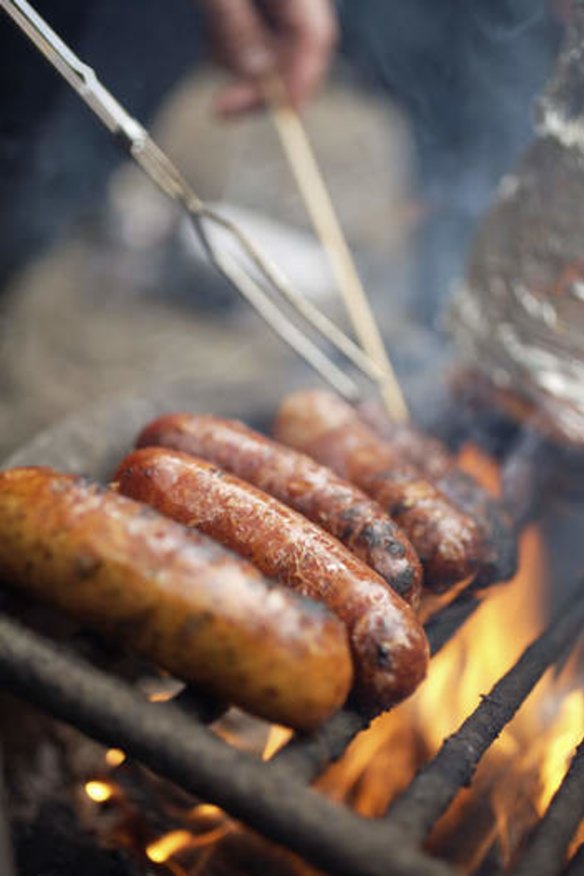Why rice can be risky

Some of my friends tell me that cooked rice should not be kept and eaten later as it develops harmful bacteria. M.Banerji
Your friends are sort of right. There is a bacterium sometimes found on uncooked rice, Bacillus cereus, and it can cause food poisoning. Sometimes its spores survive cooking and when the rice cools below 60 degrees these spores can germinate, producing a toxin. This toxin can even survive brief reheating - such as in fried rice. The longer rice is warm, the more chance of bugs developing, with optimum temperature being about 40 degrees, but anywhere between 60 degrees and 4 degrees. If you want to keep cooked rice, it is perfectly safe as long as it is cooled quickly - no longer than two hours - and stored in the fridge. To cool rice quickly, spread it out on a lined tray to expose more surface area. Perhaps place it in a breeze for a few minutes until it is warm but not hot, then put it in a container and refrigerate below 4 degrees.
What is a fast way of lighting a real charcoal barbecue? When I try it, even with firelighters, it takes ages. V. Bhatnagar

I watch the boys at MoVida start their great grill by placing big pieces of charcoal directly over the flames of the stove to set them on fire. They then place them into the pile of charcoal to set the rest alight. In Mexico, I watched a young woman fan her pile of charcoal under her comal (curved terracotta grill) with the lid of a beer box, bringing flames to attention with a few deft flicks of her wrist. The extra air feeds the fire; the more air the better. I learnt this little trick from watching a blacksmith at a pioneer park. Once I have a dull glow on the charcoal from starting them on the gas stove (or firelighters), I use a set of old-fashioned fire bellows to force air into the grill, the nozzle quite close to the embers. A fire quickly ensues. Once I used a hand pump, as used to blow up air mattresses, but only once - as the nozzle melted. Don't blow on the coals - you could get sparks in your eyes or burn your lips.
What do I do with Gentleman's Relish? S.Davern
Also know as Partum Peperium, this deliciously salty blend of anchovies, butter and herbs was first made in 1828 and is still produced today by Elsenham Quality Foods in Elsenham, England. Spread it sparingly on thinly sliced dry toast and perhaps top with a fine slice of cool cucumber or something sharp such as mustard cress, watercress or a scant smear of freshly grated wasabi. It is particularly high in umami, so consider adding a little to a meaty gravy, a white sauce to pour over cauliflower cheese, blended through some creme fraiche with a little chervil spread on a cracker as a simple canape, or make a paste in a mortar and pestle with young rosemary leaves and insert into knife punctures in a shoulder of lamb before slow-roasting. It pretty well goes with every savoury food from England in the 19th century, in lesser or greater amounts according to taste.
Osso buco
Thanks to all those who wrote in correcting the spelling of osso buco from Brain Food (February 5). I had it as osso bucco. As D.Mollica, a Gippsland grower of Italian meat breed Chianina, wrote: ''That the Aus Meat Ltd do spell the cut incorrectly (osso bucco) is interesting; it should only have one 'c' in buco as the translation is 'bone hole'.'' She went on to write: ''It seems that in the Play School position (to envisage the cut we asked readers to get on all fours like a Play School presenter) you are able to cut across both the forearm and the shin to obtain osso buco. This is done in Australia with veal; however, in Italy, traditionally the hind quarter of veal is cut to obtain the meat for the dish.'' Traditional osso buco is available from chianina.com.au.
brainfood@richardcornish.com.au
Twitter: @FoodCornish
The best recipes from Australia's leading chefs straight to your inbox.
Sign up- More:
- Brain food
